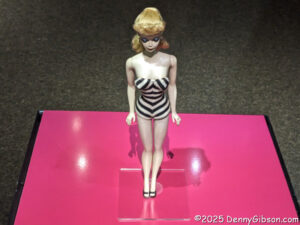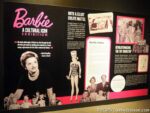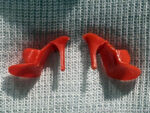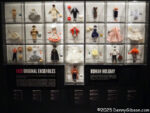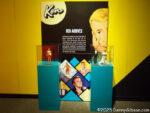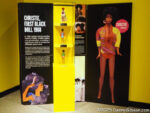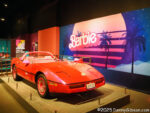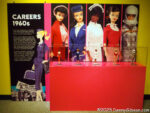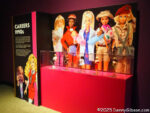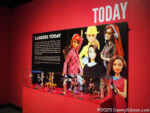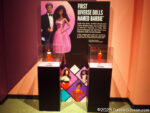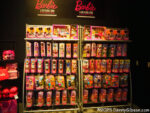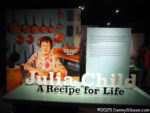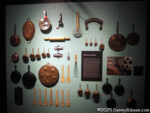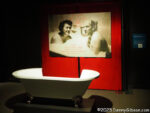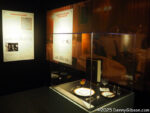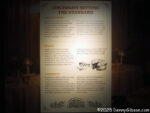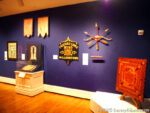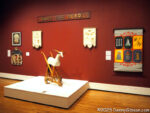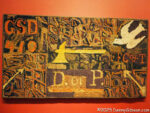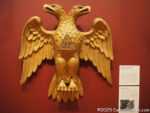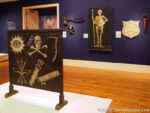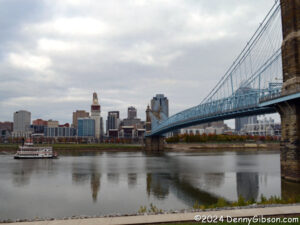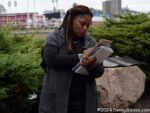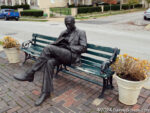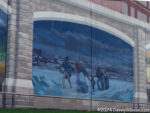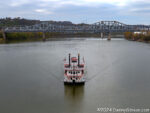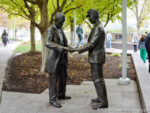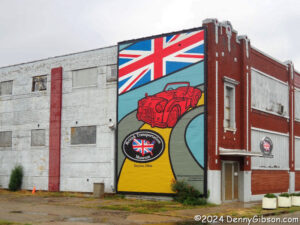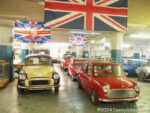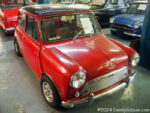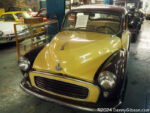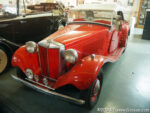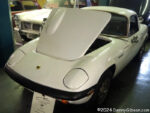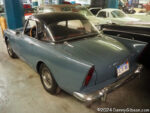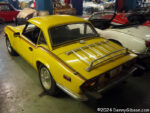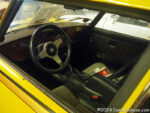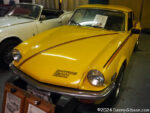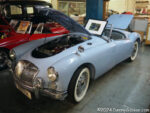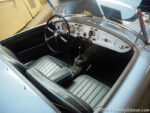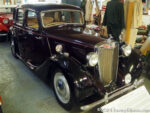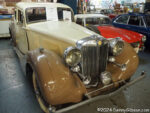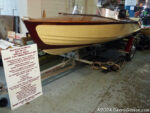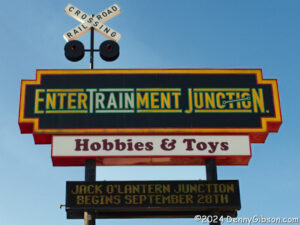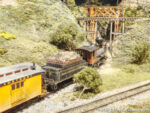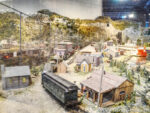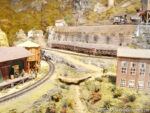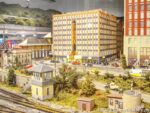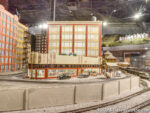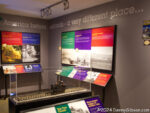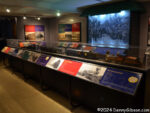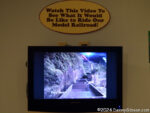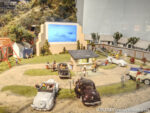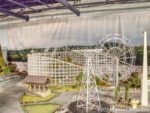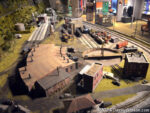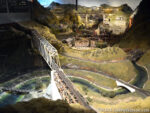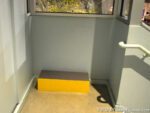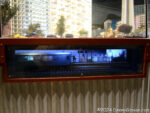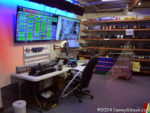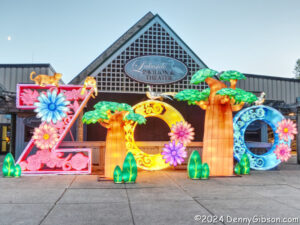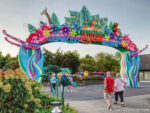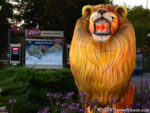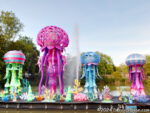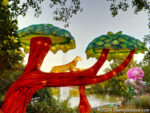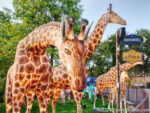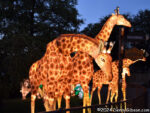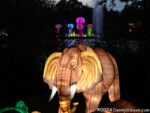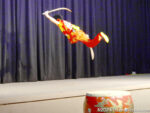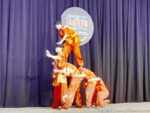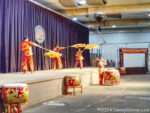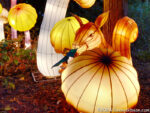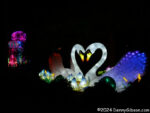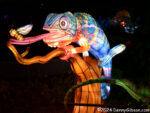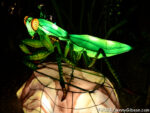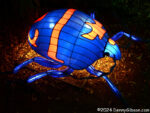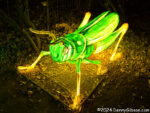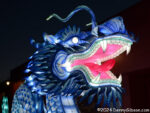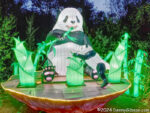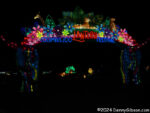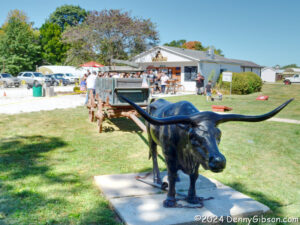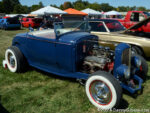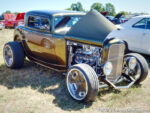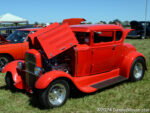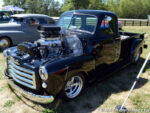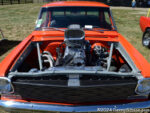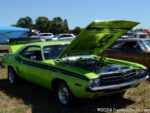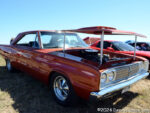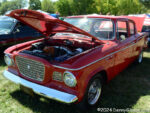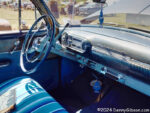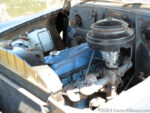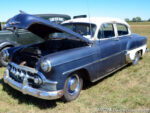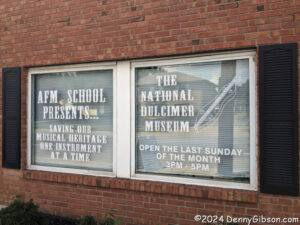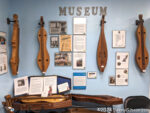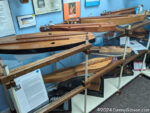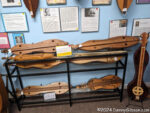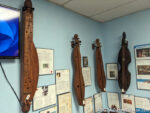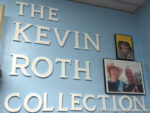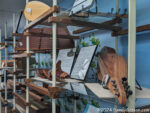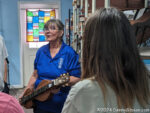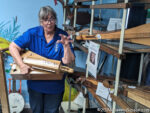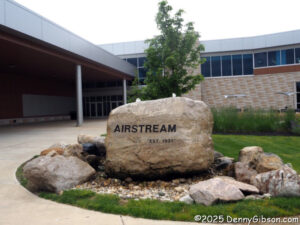 One reason the Airstream Heritage Center has been on my “someday” list for such a long time is that, while I find travel trailers interesting, they are not something I aspire to, and therefore don’t think about a whole lot. Another is that it’s close enough to my home that I knew it would be a simple day trip when the time came. Early in the week. I briefly followed a long flatbed trailer with three small new Airstreams strapped to it, and that reminded me of just how close to me their point of manufacture is. That reminder, along with an idle Thursday, led to a leisurely drive north. A popular Airstream slogan is “Home Is Where Wheels Stop”. Those Airstream wheels are mounted and start turning in Jackson Center, Ohio.
One reason the Airstream Heritage Center has been on my “someday” list for such a long time is that, while I find travel trailers interesting, they are not something I aspire to, and therefore don’t think about a whole lot. Another is that it’s close enough to my home that I knew it would be a simple day trip when the time came. Early in the week. I briefly followed a long flatbed trailer with three small new Airstreams strapped to it, and that reminded me of just how close to me their point of manufacture is. That reminder, along with an idle Thursday, led to a leisurely drive north. A popular Airstream slogan is “Home Is Where Wheels Stop”. Those Airstream wheels are mounted and start turning in Jackson Center, Ohio.
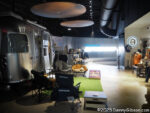 The Heritage Center is attached to the front of the 750,000-square-foot trailer manufacturing plant. The admissions desk is just out of frame on the right. On the left is a new trailer and a display of Airstream-branded gear. The gift shop, where my museum tour will eventually lead, is on the right. The museum entrance is straight ahead. The online reservations for the factory tour would not let me select a date prior to June 10, so I assumed the tours were full or otherwise not available. Not so, said the girls at the museum desk, and they signed me right up.
The Heritage Center is attached to the front of the 750,000-square-foot trailer manufacturing plant. The admissions desk is just out of frame on the right. On the left is a new trailer and a display of Airstream-branded gear. The gift shop, where my museum tour will eventually lead, is on the right. The museum entrance is straight ahead. The online reservations for the factory tour would not let me select a date prior to June 10, so I assumed the tours were full or otherwise not available. Not so, said the girls at the museum desk, and they signed me right up.
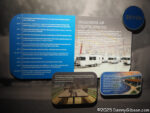

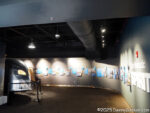 First up in the museum is a timeline that begins with the birth of Airstream founder Wally Byam in 1896 and ends with the building of this facility in 2018. Displayed at the timeline’s very beginning is the canteen that Wally’s grandfather, Loren, carried in the Civil War. It is claimed that this whole Airstream thing came to be because Wally really liked to camp, and his wife, Stella, did not like sleeping on the ground.
First up in the museum is a timeline that begins with the birth of Airstream founder Wally Byam in 1896 and ends with the building of this facility in 2018. Displayed at the timeline’s very beginning is the canteen that Wally’s grandfather, Loren, carried in the Civil War. It is claimed that this whole Airstream thing came to be because Wally really liked to camp, and his wife, Stella, did not like sleeping on the ground.
 This is the very first Airstream Clipper ever built. It was hand-delivered by Wally Byam to the President of Mexico in 1936. At some point, it became the property of a traveling circus. It was eventually discovered near Mexico City and, once identified, restored. The placard contains some photos and an abbreviated history.
This is the very first Airstream Clipper ever built. It was hand-delivered by Wally Byam to the President of Mexico in 1936. At some point, it became the property of a traveling circus. It was eventually discovered near Mexico City and, once identified, restored. The placard contains some photos and an abbreviated history.
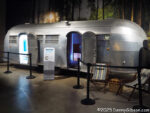
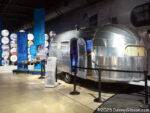
 In the late 1930s, Airstream produced some wooden trailers that resembled large teardrop trailers more closely than the familiar rounded-end models typically associated with the name. The sign explains that this 1938 Airlite “…had an aluminum skin applied over the original Masonite exterior which helped to preserve it”. Airstream halted production during WWII but got the wheels rolling again in May 1947 with the Airstream Liner, which was basically a much improved Clipper. That’s a 1949 Liner pictured. The third photo is of a 1949 double-door Whirlwind model.
In the late 1930s, Airstream produced some wooden trailers that resembled large teardrop trailers more closely than the familiar rounded-end models typically associated with the name. The sign explains that this 1938 Airlite “…had an aluminum skin applied over the original Masonite exterior which helped to preserve it”. Airstream halted production during WWII but got the wheels rolling again in May 1947 with the Airstream Liner, which was basically a much improved Clipper. That’s a 1949 Liner pictured. The third photo is of a 1949 double-door Whirlwind model.
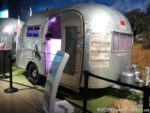
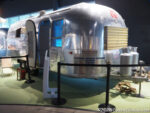
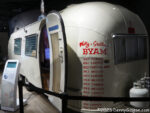 Here’s a trio of particularly well-traveled examples. In fact, Oscar and Etta Payne’s 1957 Bubble could be the most travelled Airstream of them all. With a legitimate claim of having gone “Around the World in 859 Days”, it is one of four Airstreams from the 1960 European Caravan to tour Russia in the Soviet Union. Virgil and Grace Golden ordered their 1963 Tradewind specifically for the 1963-64 Around the World Caravan, but it made many more journeys than that. The white 1955 Cruiser was used by Wally and Stella Byam on the 1956 European Caravan. It was painted white to match the Byams’ white Cadillac tow vehicle.
Here’s a trio of particularly well-traveled examples. In fact, Oscar and Etta Payne’s 1957 Bubble could be the most travelled Airstream of them all. With a legitimate claim of having gone “Around the World in 859 Days”, it is one of four Airstreams from the 1960 European Caravan to tour Russia in the Soviet Union. Virgil and Grace Golden ordered their 1963 Tradewind specifically for the 1963-64 Around the World Caravan, but it made many more journeys than that. The white 1955 Cruiser was used by Wally and Stella Byam on the 1956 European Caravan. It was painted white to match the Byams’ white Cadillac tow vehicle.
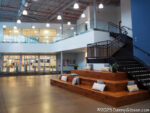 I had driven to Jackson Center thinking I would have no factory tour, and I would have been quite happy with that. Of course, learning that I could tour the factory made me even happier. The picture at right was taken just outside the museum. Corporate offices are upstairs. Trailer manufacturing is through those doors straight ahead. No photos are allowed.
I had driven to Jackson Center thinking I would have no factory tour, and I would have been quite happy with that. Of course, learning that I could tour the factory made me even happier. The picture at right was taken just outside the museum. Corporate offices are upstairs. Trailer manufacturing is through those doors straight ahead. No photos are allowed.
There are approximately 500 employees in this building and about 1200 in all Airstream facilities in Jackson Center. The city’s population is roughly 1450. Our guide, Dan, did an outstanding job of describing every phase of the operation, and the tour does an outstanding job of selling the product. Airstream has a reputation for high quality. That top-tier quality, along with worker safety and satisfaction, is a primary goal is evident throughout the factory. It looked to me like the premium prices these trailers command are justified.
Factory tours are free, and the museum is cheap — $5 or less. Currently, the company’s website (https://www.airstream.com/) appears to be experiencing some issues, including those that prevented me from reserving a tour in advance. Hopefully those are resolved soon. At present, website issues do not interfere with access to a factory tour video that is almost as good as the real thing.

